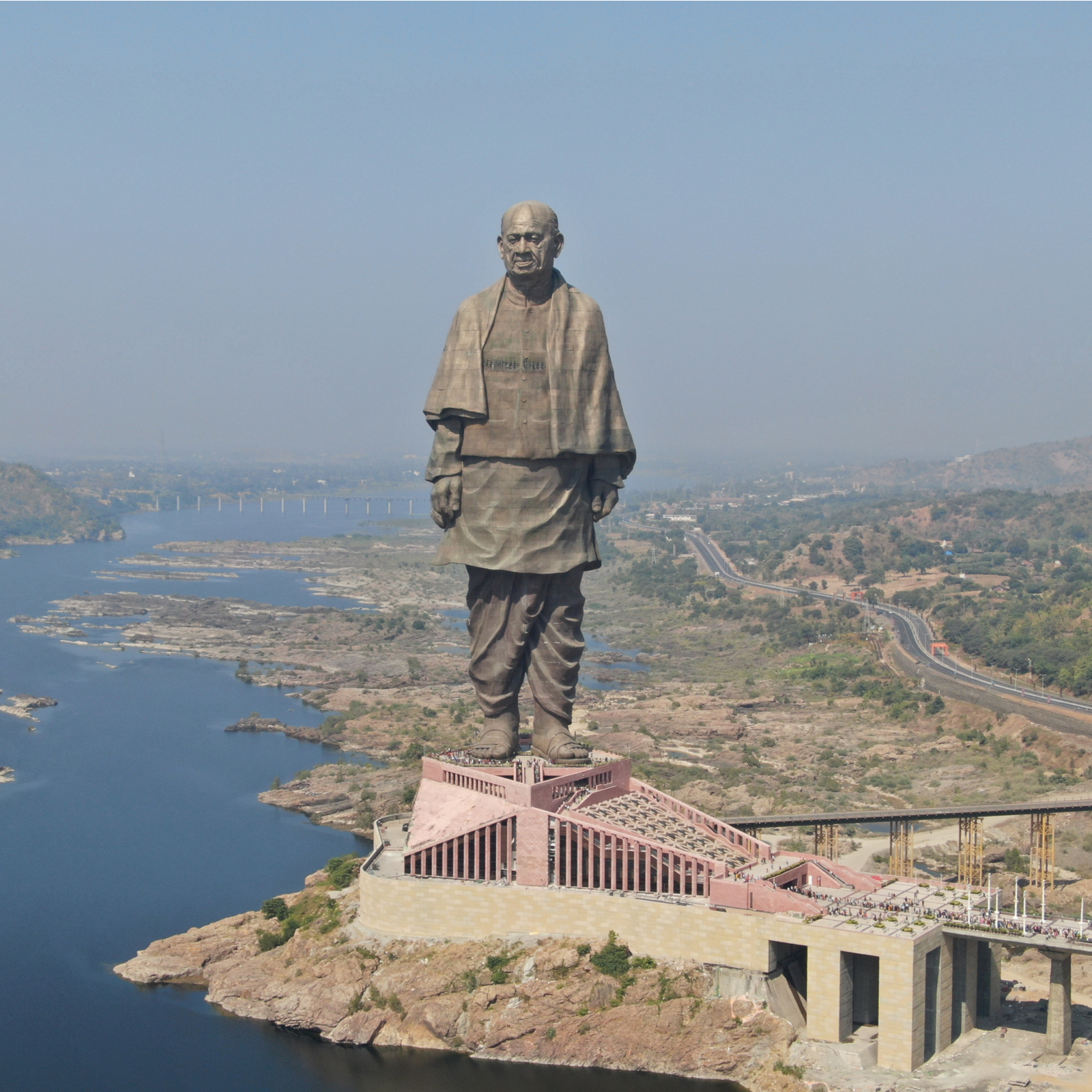Sardar Vallabhbhai Patel, also known as the Iron Man of India, was one of those leaders who are remembered for their selfless service to the nation. Born on October 31, 1875, he not only played a crucial role in India’s freedom struggle but also a much more instrumental role after the Independence. A lawyer by profession, Patel was an ardent supporter of Mahatma Gandhi. His relationship with Gandhi got deeper during the Kheda Satyagraha in 1918, which was started to seek exemption from payment of the land revenue assessment since the crops had failed.
Praising Patel, Gandhi credited him by saying, “This campaign would not have been carried through so successfully (without him).” In the coming years, Patel actively participated in movements organised by Gandhi.
As the freedom struggle intensified, Patel left his practice for good and started putting his efforts in political and constructive work – touring villages, addressing meetings, organising picketing of foreign cloth shops and liquor shops.
Also read: Sardar Vallabhbhai Patel Death Anniversary: PM Narendra Modi Remembers Iron Man of India
Patel played an important role in Bardoli Satyagraha, launched against the British government’s decision to drastically increase the assessment of land revenue.
In March 1931, Patel presided over the 46th session of the Indian National Congress called on to ratify the Gandhi-lrwin Pact. After Congress performed well in elections to Provincial legislatures, Patel, as chairman of the Congress Parliamentary sub-committee, guided and controlled the activities of these ministries.
Post-Independence, he became the Deputy Prime Minister and was given the charge of Home, States and the Information and Broadcasting portfolios. At that time, he was also entrusted with the task of integration of princely states into India. He lived up to the expectations, uniting more than 550 princely states to build the Republic of India.
He also handled the complicated issue of integration of Hyderabad and Jammu and Kashmir successfully. Apart from this, as the home minister, he successfully managed the law and order situation and brought back peace to a country ravaged by communal strife. He breathed his last on December 15, 1950.
Let’s take a look at some of the lesser-known facts about the personality, who shaped India in the 20th century.
1. Patel was one of the top senior leaders of the Indian National Congress (INC). He became India’s first Deputy Prime Minister after the Independence in 1947.
2. He was also appointed as the first Home Minister of Independent India. Besides this, he also oversaw the ministry of information and ministry of states.
3. Patel passed his matriculation at the age of 22. Initially, he wasn’t interested in politics but after meeting Gandhiji in Godhra in 1917, he quit his job and joined INC and became party’s secretary of the Gujarat Sabha.
4. Patel travelled to England when he was 36 years old, and enrolled in a three-year course at the Middle Temple in the Inns of Court. Despite having no previous college experience, he completed the course within 30 months and qualified as a barrister.
5. During the time of plagues and famines in India, he joined the movement to fight for exemption of taxes in Kheda at Gandhi’s call.
6. He was an instrumental part of Gandhi’s Non-Cooperation Movement. He travelled extensively around West India in order to recruit 3,00,000 members. He also collected over Rs 1.5 million for the party fund.
7. He spread awareness across the nation extensively against untouchability, caste discrimination, alcohol consumption, and for women empowerment.
8. During the imprisonment of Mahatma Gandhi, Patel led the Satyagraha movement in Nagpur in 1923, which was against the British law of banning the hoisting of the Indian Flag.
Sardar Vallabhbhai Patel, without a doubt, was one of the most influential figures of India in the 20th century. To honour his legacy, ‘Statue of Unity’ – world’s tallest statue- was unveiled in 2018. It is located on the banks of Narmada river in Gujarat.
Read all the Latest News, Breaking News and Coronavirus News here.
.
